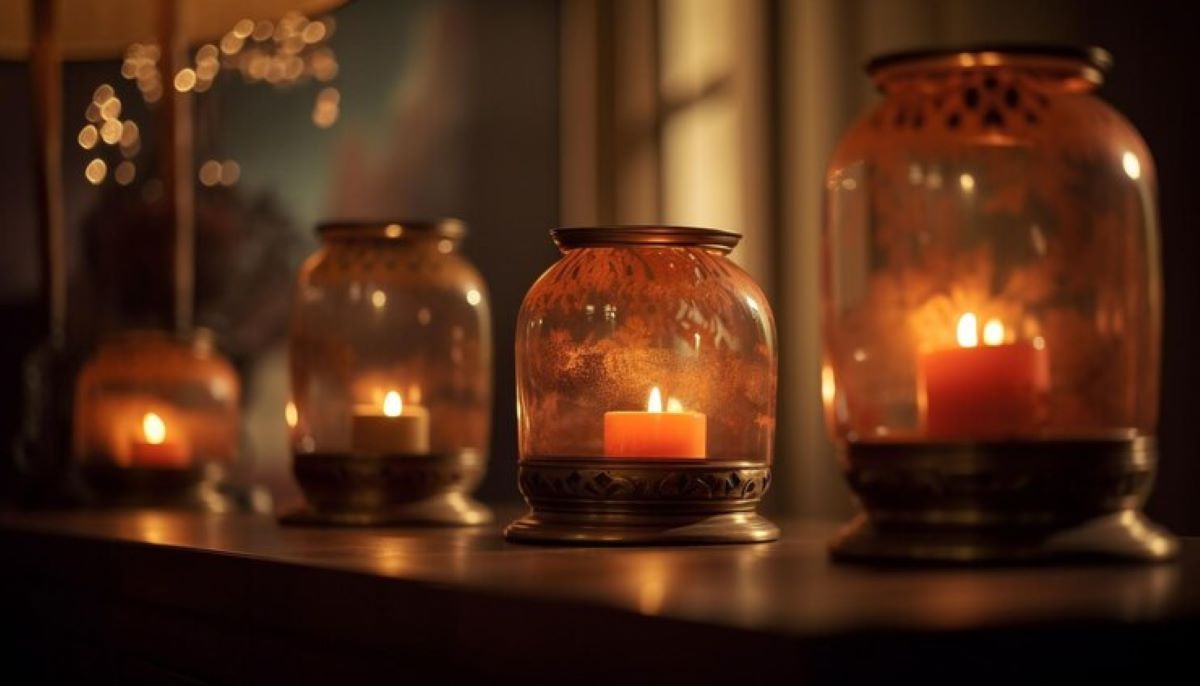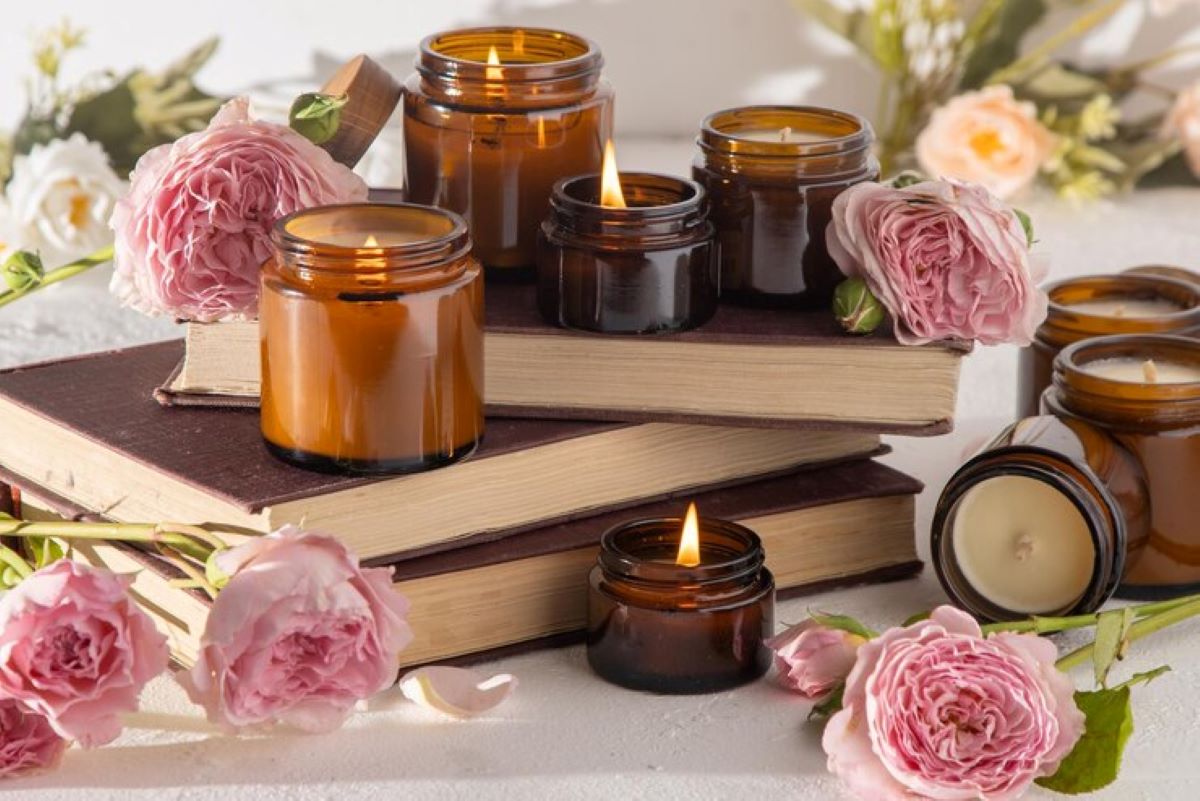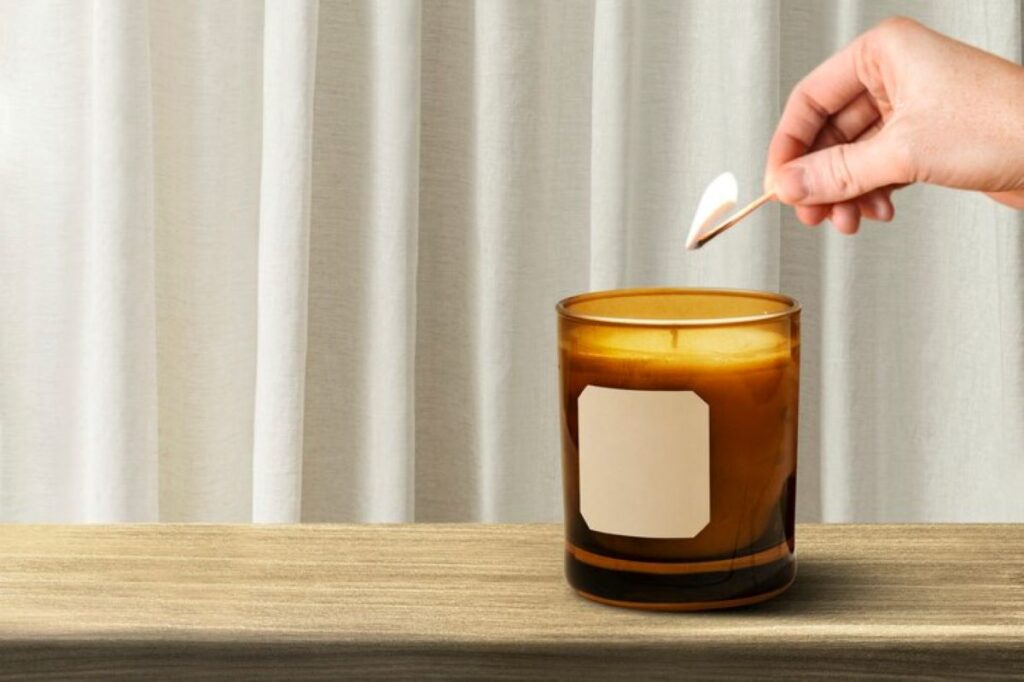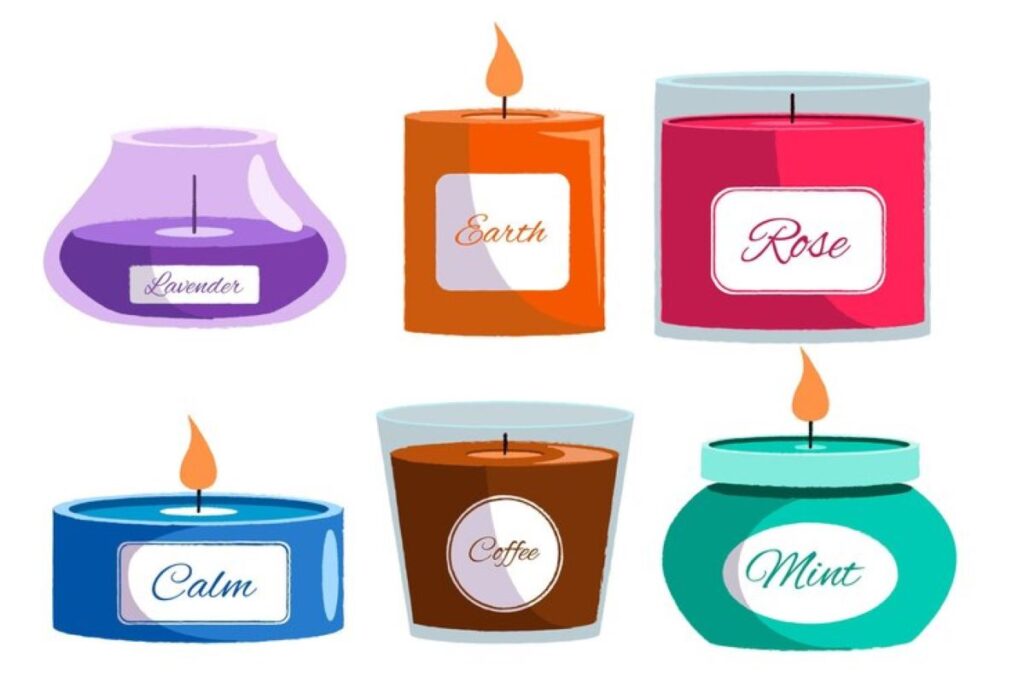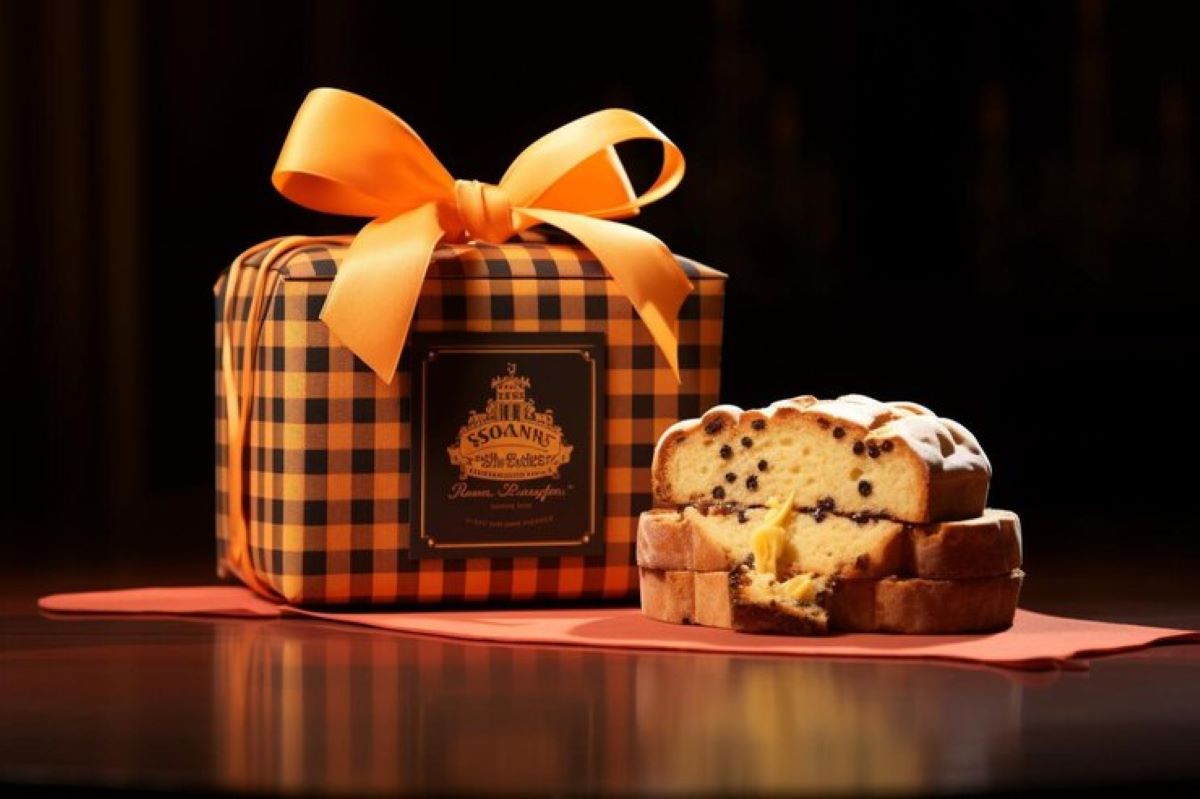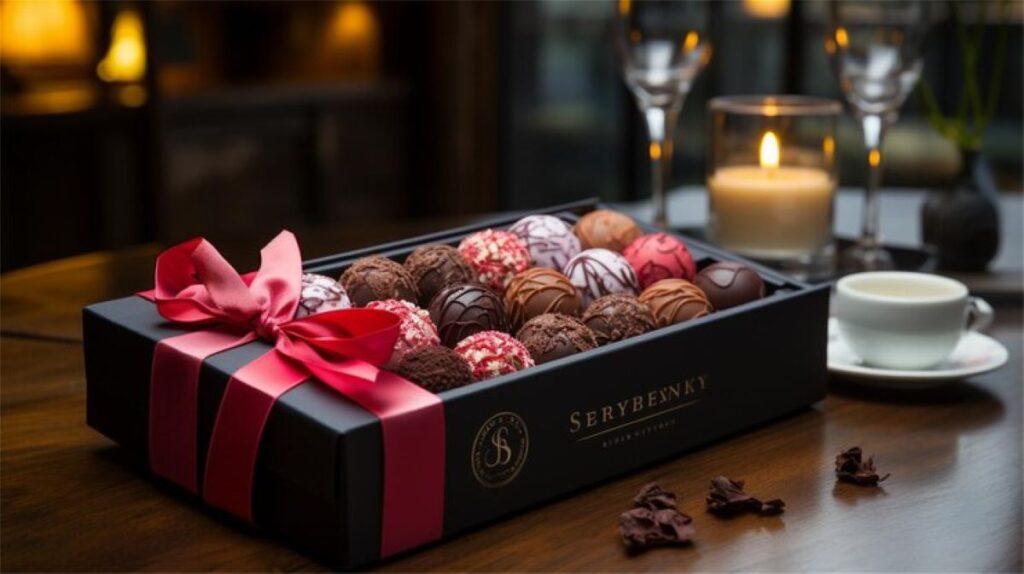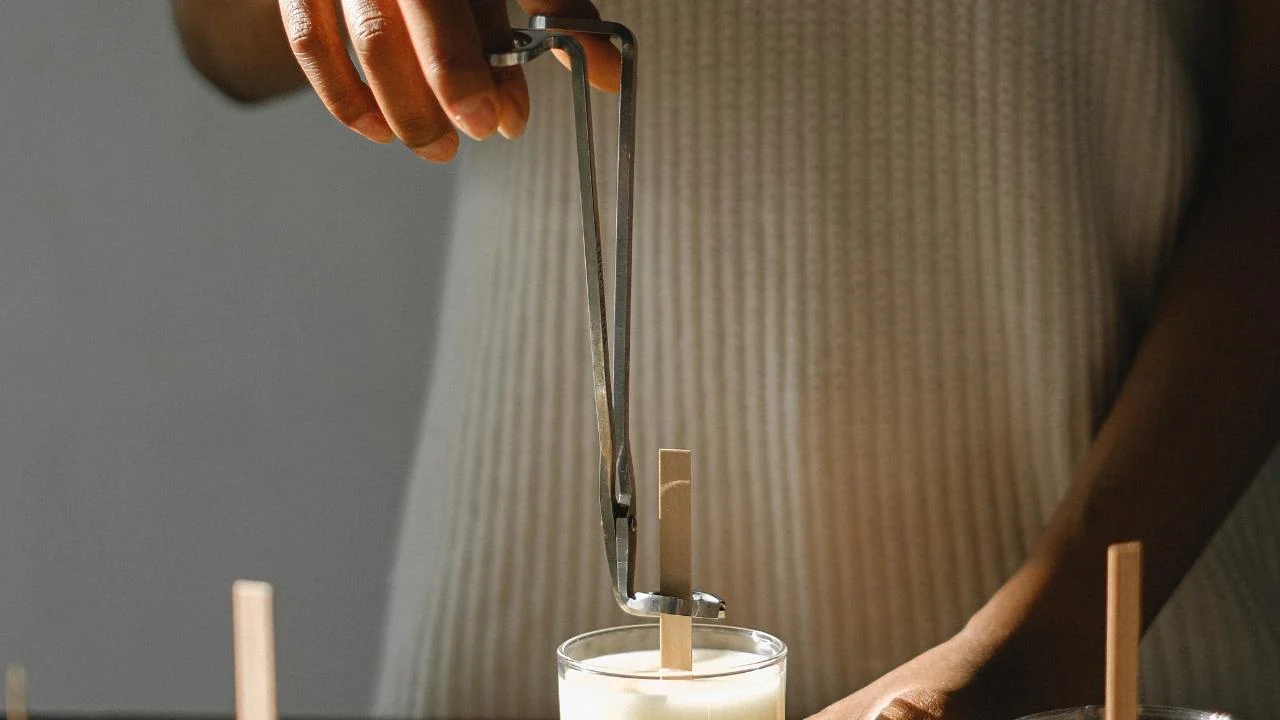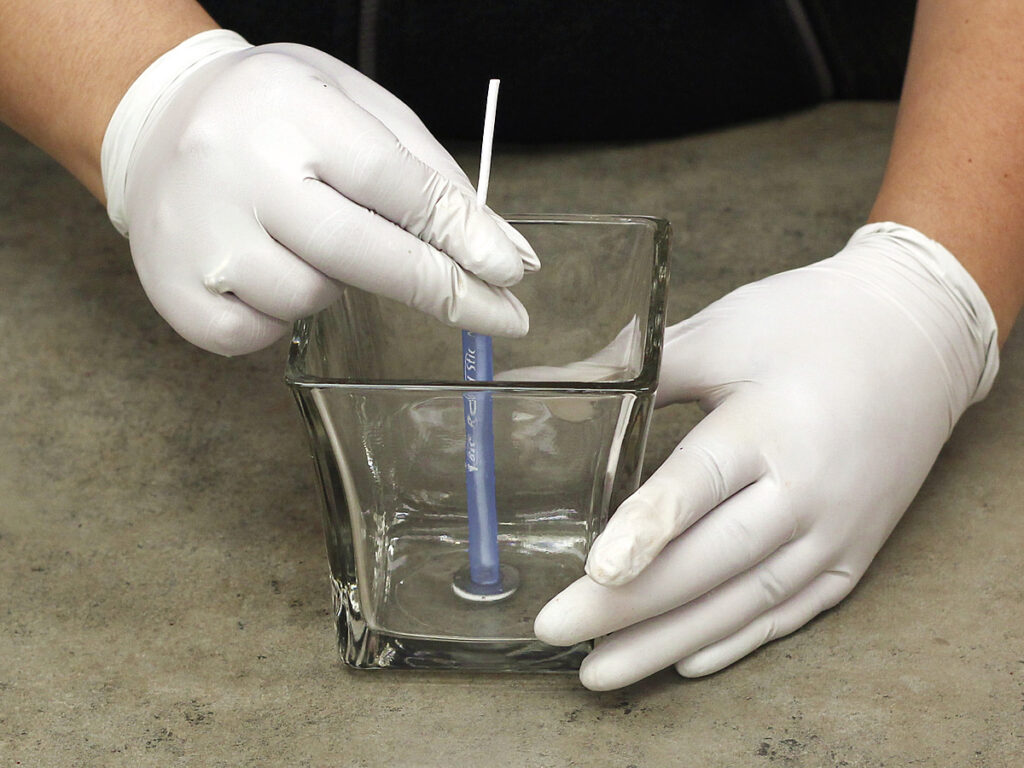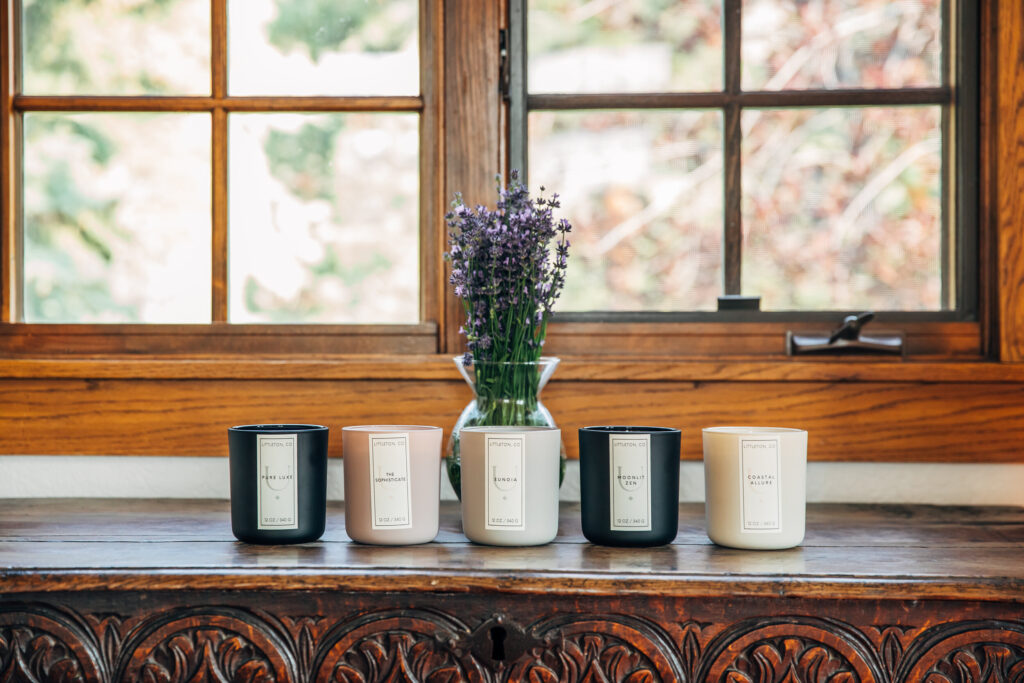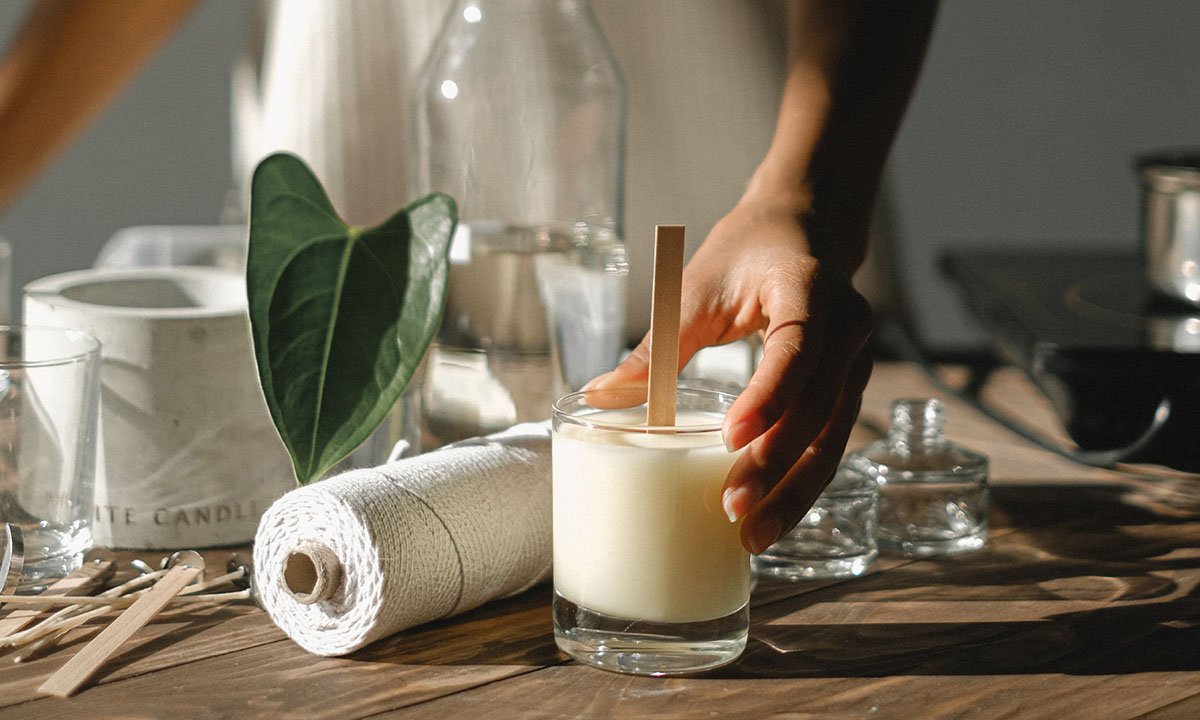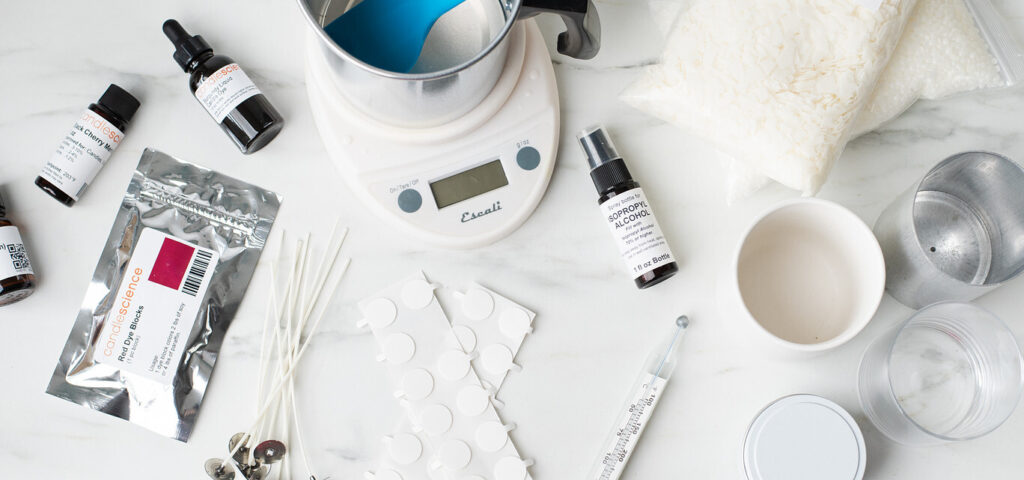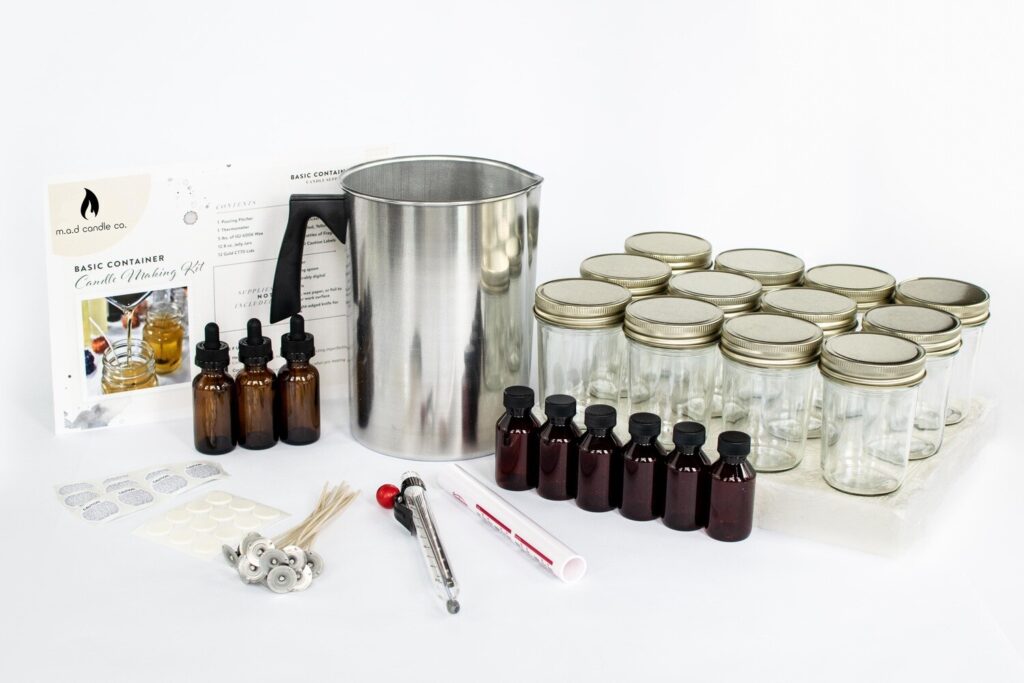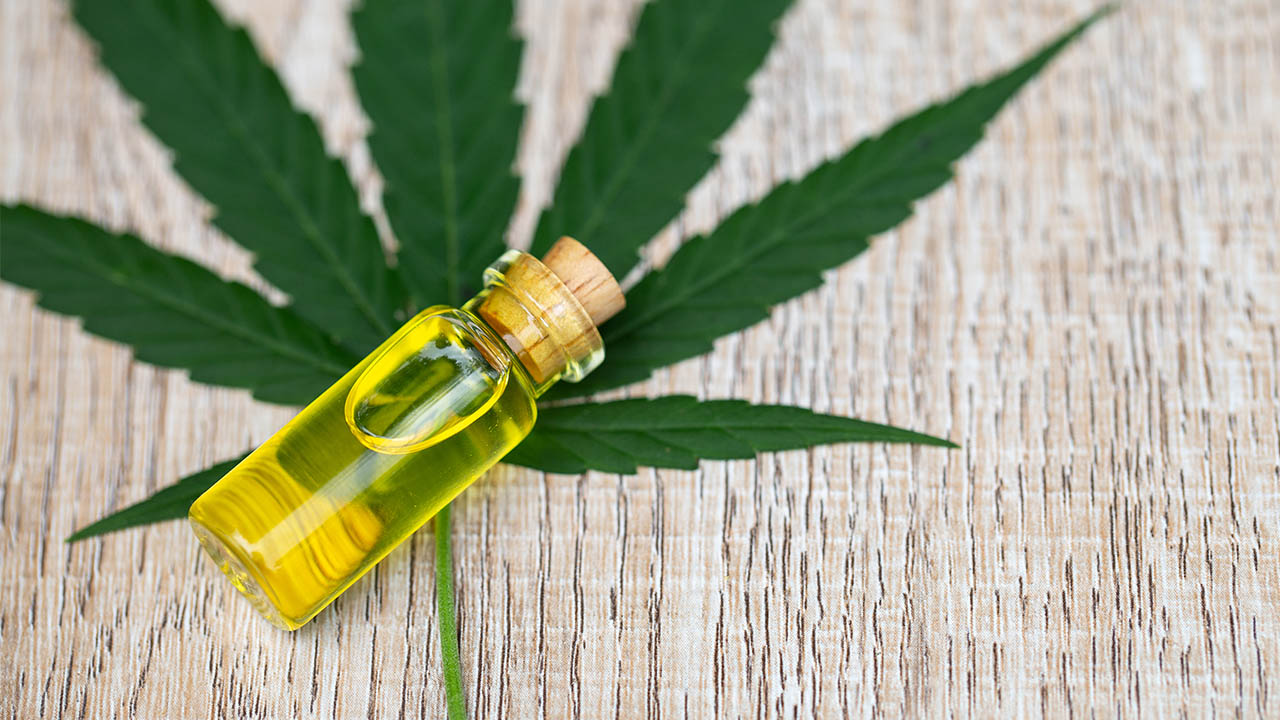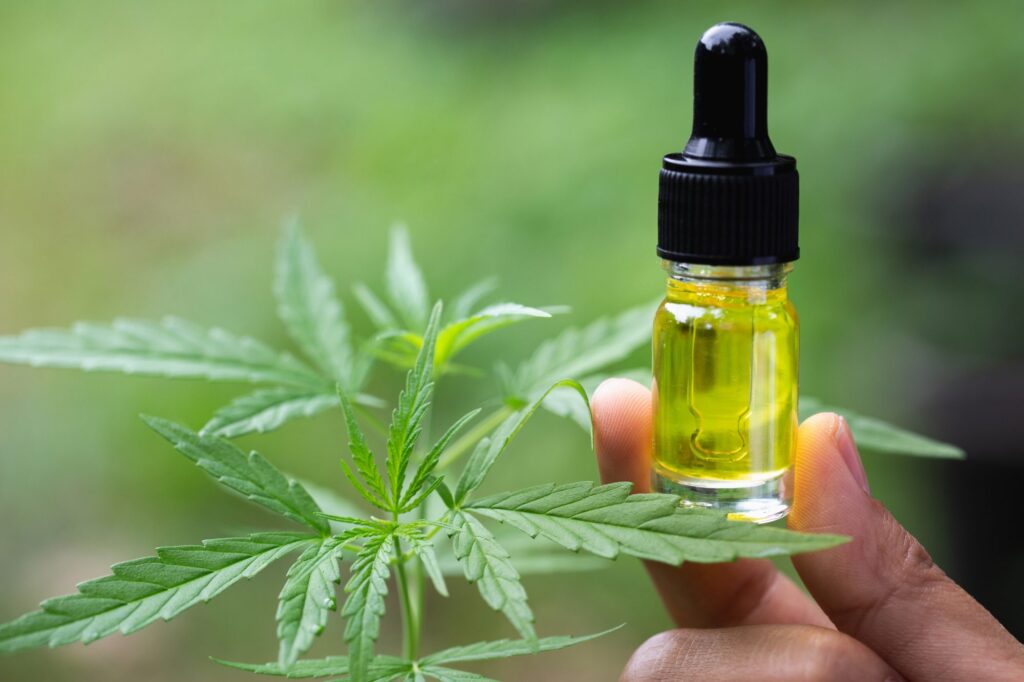Understanding the Importance of Glass Candle Jars
Glass candle jars play a crucial role in the overall experience of candle making and usage. Not only do they serve a functional purpose by containing the wax and wick, but they also enhance the visual appeal of the finished product. The right jar can transform a simple candle into an elegant piece that complements your home decor.
In essence, candle glass jars help to create a safer environment for burning candles. Unlike metal or plastic, glass can withstand high temperatures, reducing the risk of melting or burning. Moreover, glass jars allow for better visibility of the candle flame, contributing to the ambiance of any space.
The Role of Glass Jars in Candle Making
When it comes to candle making, the choice of container significantly impacts both the burning performance and the aesthetic qualities. Glass jars are ideal for a variety of wax types, offering excellent heat distribution. This ensures that the candle burns evenly, maximizing scent throw and longevity.
Furthermore, the use of transparent glass can enhance the light emitted by the candle, creating beautiful shadows and reflections. This attribute makes glass jars particularly favored among candle makers who aim to create stunning visual displays.
In addition to their functional benefits, glass jars also allow for experimentation with different wax blends and fragrances. Candle makers can create layered candles, where each layer features a different scent or color, resulting in a multi-sensory experience. The transparency of the glass showcases these layers beautifully, inviting curiosity and admiration from anyone who sees them. This creative freedom encourages artisans to push the boundaries of traditional candle making, leading to unique and innovative designs.
The Aesthetic Value of Glass Candle Jars
The aesthetic appeal of glass candle jars cannot be overstated. They come in various designs, from sleek and modern to vintage and ornate. The clear nature of glass allows for creative layering of colored wax or embedded decorations, adding another dimension to candle design.
Additionally, glass jars can be customized with etching, painting, or wrapping in decorative materials like twine or lace. This versatility means that they can easily be tailored to fit any occasion, be it a wedding, a holiday, or a simple evening at home.
Moreover, the choice of jar shape and size can significantly influence the overall theme of a space. For instance, tall, slender jars might evoke a sense of elegance and sophistication, while round, wide jars can create a cozy and inviting atmosphere. Candle enthusiasts often curate their collections to match their personal style or seasonal decor, making glass jars not just containers, but integral elements of home aesthetics. The interplay of light, color, and texture from these jars can elevate the mood of any room, transforming everyday spaces into tranquil retreats.
Factors to Consider When Choosing Glass Candle Jars
Selecting the right glass candle jar requires careful consideration of several factors. Whether you are a seasoned candle maker or a beginner, being aware of your options can lead to more successful and aesthetically pleasing results.
Size and Shape
The size and shape of the candle jar will influence how the candle looks and performs. Jars range from small votives to large statement pieces. Smaller jars are ideal for creating intimate settings, while larger jars can serve as focal points.
Furthermore, the shape can affect the burn time and wick performance. For example, wider jars may require thicker wicks to ensure even melting, while taller jars can create a more pronounced flame. Understanding these characteristics can help you choose jars that will suit your desired effect. Additionally, the design of the jar can complement different themes in your décor. For instance, a round jar may evoke a softer, more organic feel, while angular shapes can convey a modern and minimalist aesthetic, allowing you to tailor your candle creations to various occasions and environments.
Color and Transparency
Color can dramatically change the mood and design of your candle. Transparent jars allow the natural colors of the wax to shine through, while colored or frosted glass adds an air of mystery and can soften the overall look. Consider how the color of the jar will interact with the wax and any additional decorative elements.
Opaque jars can create a different visual experience, often making the candle feel more contemporary or sophisticated. They can also add a level of intrigue by hiding the contents until lit, enhancing the reveal of colors underneath. Moreover, experimenting with colored glass can lead to stunning visual effects when the candle is lit, as the light filters through, creating a warm glow that can transform any space into a cozy haven. When selecting colors, think about the ambiance you wish to create—soft pastels for tranquility, bold hues for vibrancy, or even metallic finishes for a touch of glamour.
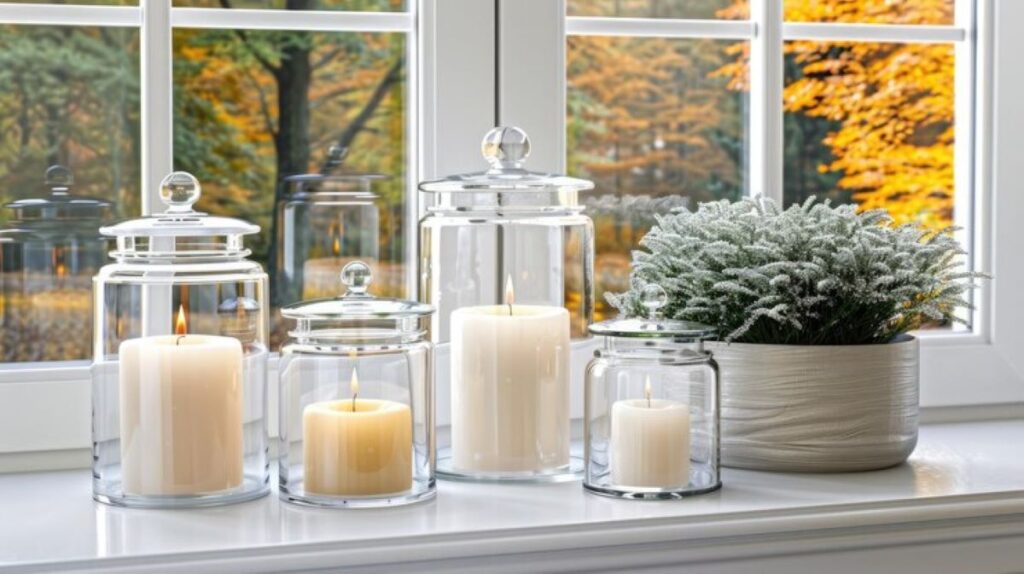
Lid Types and Sealing Options
Lid types are an important consideration when choosing glass candle jars, especially if you’re looking to preserve scents or extend shelf life. Some jars come with screw-on lids, while others feature snug-fitting lids that can help retain fragrance when the candle is not in use.
Sealing options also differ—some jars come with silicone seals that can create an airtight environment, while others may have cork or bamboo lids for a more rustic look. Assessing the purpose of your candles—whether for gifting, decorative display, or personal use—will help you choose the best sealing option. Additionally, consider how the lid’s design complements the overall aesthetic of the jar. A beautifully crafted lid can enhance the visual appeal and serve as an integral part of the candle’s design. For instance, a wooden lid can add a natural touch, while a sleek metal lid might lend a contemporary edge, allowing you to create a cohesive look that reflects your personal style or the theme of your space.
Review of Top Glass Candle Jars for Elegant Designs
Now that we’ve established the importance and considerations when selecting glass candle jars, let’s delve into some of the top options available on the market. Each type has its unique features that lend themselves well to creating elegant candle designs.
Classic Clear Glass Candle Jars
Classic clear glass candle jars are timeless. Their simplicity allows them to blend seamlessly into any decor style, making them a versatile choice for any occasion. These jars are excellent for showcasing colorful wax and creative layering techniques.
The clear design also allows the candle flame to shine brightly, contributing to a warm and inviting atmosphere. Whether used for a cozy night in or special gatherings, these jars elevate any setting. Additionally, their transparent nature makes them ideal for DIY enthusiasts who enjoy customizing their candles with various scents and colors, as the clear glass allows for a full view of the artistic creations inside. Furthermore, these jars are often available in various sizes, catering to different needs, from small votives to larger statement pieces that can serve as focal points in a room.
Colored Glass Candle Jars
Colored glass candle jars add a rich touch of elegance to candle designs. They come in a spectrum of hues, allowing candle makers to match their candle jars to seasonal themes or existing decor. The colors can range from pastels to deep jewel tones, offering endless possibilities.
Colored jars can also diffuse light beautifully when the candle is lit, creating an enchanting glow that enhances the ambiance. These jars are perfect for use at events, parties, or as decorative accents around the home. Moreover, the choice of color can evoke different moods and feelings; for instance, soft blues and greens can create a calming effect, while vibrant reds and oranges can energize a space. This versatility makes colored glass jars not just functional, but also a key element in setting the desired atmosphere for any occasion.
Patterned Glass Candle Jars
For those looking to add a bit of texture to their candle displays, patterned glass candle jars are the way to go. The intricate designs carved into the glass can create stunning visual effects, especially when the candle is lit.
Patterned jars can range from geometric shapes to floral designs, adding an artistic flair to your candles. These jars not only serve a functional purpose but also act as decorative pieces when the candles are not in use, making them excellent for home decor. The interplay of light and shadow created by the patterns can transform a simple candle lighting into a captivating experience, drawing the eye and sparking conversation. Additionally, many patterned jars are designed with a vintage or artisanal feel, appealing to those who appreciate craftsmanship and unique aesthetics. This makes them a popular choice for gifting, as they can easily complement a variety of personal styles and home interiors. Click here to get about the best suppliers of candle jars in australia.
Tips for Creating Elegant Candle Designs with Glass Jars
Creating elegant candle designs is an art form that can be mastered with a few thoughtful tips and techniques. From selecting materials to incorporating decorative elements, these strategies will help you elevate your candle making.
Choosing the Right Wax and Wicks
The type of wax used can greatly affect the final appearance and performance of your candle. Common choices include paraffin, soy, and beeswax, each offering unique benefits. For instance, soy wax is known for its clean burn and excellent scent throw, making it a popular choice among candle makers.
Equally important is the wick selection, which dictates how well the candle burns. It’s essential to choose wicks that correspond to the size and type of jar to ensure a consistent flame and even melting. This consideration is integral to achieving the desired aesthetic and functionality of your candles.
Adding Decorative Elements
To create truly unique candles, consider adding decorative elements. This could involve layering different colors of wax, embedding dried flowers or herbs, or even using glitter for a touch of sparkle. These added details can elevate the design and make your candles stand out.
The key is to maintain a balance between the decorative elements and the overall functionality of the candle. Overdoing it could hinder the candle’s burning properties or detract from its elegance, so minimal yet impactful embellishments often work best.
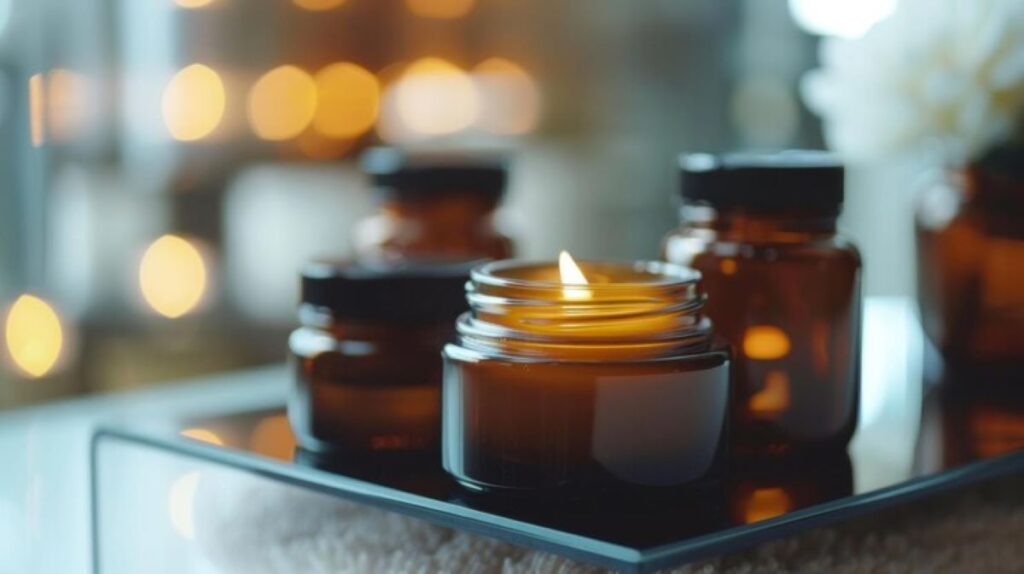
Pairing Scents with Glass Jar Styles
Lastly, pairing scents with the style of glass jar is essential in creating a cohesive design. Consider the mood you wish to evoke with your candle—calming lavender might pair well with a simple clear jar, while a vibrant citrus scent could be highlighted in a colored or patterned jar.
Match the scent’s intensity and character to the jar’s design, ensuring the overall combination resonates well. This not only completes the visual aesthetics but also enriches the sensory experience, delivering a beautifully harmonious candle.
In conclusion, glass candle jars are paramount in creating elegant candles that are both functional and aesthetically pleasing. By understanding their importance and considering the various factors in choosing your jars, you can craft stunning designs that enhance any space. Whether you opt for classic, colored, or patterned jars, the right choices will yield beautiful results. Lastly, by following the tips provided, you can elevate your candle-making to the next level, resulting in graceful creations that light up your life.
